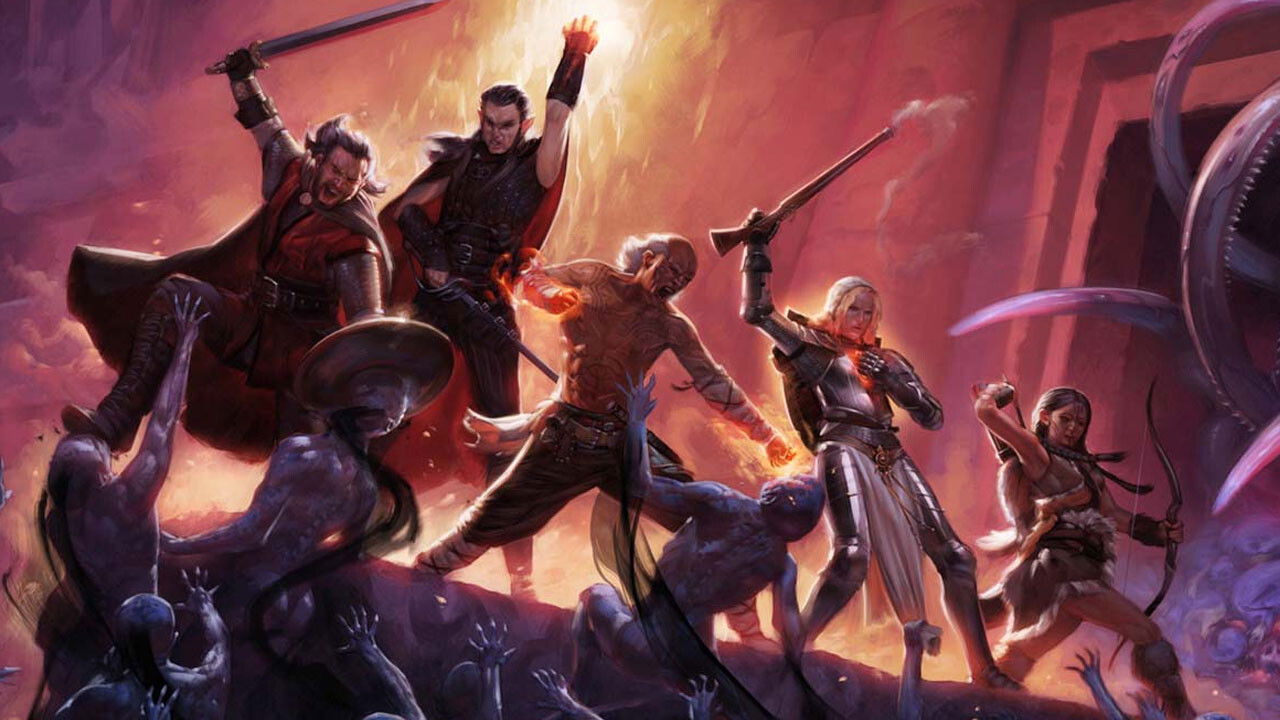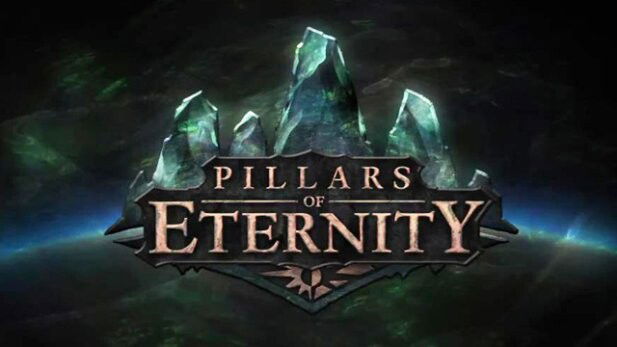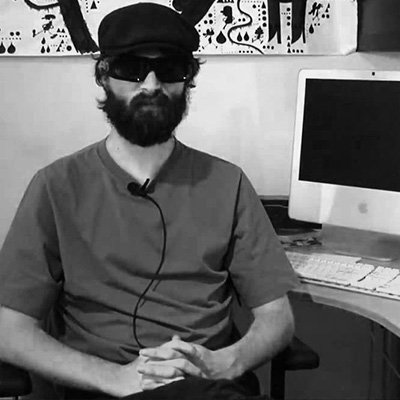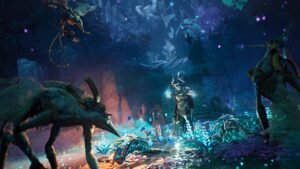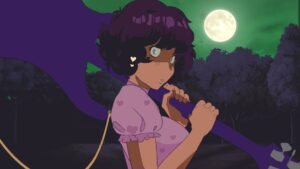I love Planescape Torment. I love Baldur’s Gate.
I feel like I need to get that out of the way before I start any review of Pillars of Eternity. Obsidian made this game, fuelled by the money of Kickstarter backers who feel the same as I, as a tribute to the Infinity engine games of old. They were my gateway into western RPGs and something quite dear to me. I wasn’t aware of the Kickstarter campaign until November of 2013, when I interviewed Chris Avellone on his project, and I was greatly interested in seeing how this nostalgic retreading would play out.

I have to say, it does capture much of the feeling of those games, but with an original universe rather than using the D&D license. What you get is a rather impressive experience that evokes the same personal, introspective heroics I’d come to expect, only somewhat marred by some bugs and a mild loss of direction.
The writing’s the main element I’m looking for in this kind of game. Character creation focuses not only on your race, but also your country of origins and even former background, giving you stat bonuses and changing how the world reacts to you. My character, was a Death Godlike (characterized by eyes overgrown by horn-like structures), who was an artist in the nation of Old Valrian, a crumbling merchant nation. Almost immediately, I came into a discussion with a fellow caravaneer heading into the realm of Dyrwood, talking about my motivations and why I had left my homeland. There were several options for every question, which were subsequently recorded in the character’s biography, which is updated as you complete quests. While not all of them mattered, the fact that the game allowed you to define your backstory was amazing. Furthermore, there are several flashback sequences over the course of the game where you’re given multiple options to define your relation to the main game’s plot, giving you a great degree of control over your own personal story in relation to the greater events. Some of these permutations, such as the Inuit-inspired boreal dwarves, break ground less covered under these traditional races, something I found freshened up the settings. Someone with a far greater knowledge of the cultures depicted should consider analyzing how accurate they are to the real-world cultures depicted.


The gameplay itself is fairly standard real-time RPG fare, with a top-down perspective and a range of abilities to use. On Normal difficulty, the game starts off with a decent challenge, provided you don’t wander off into a more difficult area without picking up some help. I managed to miss the NPC fighter in the first town until I came back to check something, which is always a fear in these kinds of games, but I did notice quickly that the game was built around the main quests. My usual tactic for any RPG is to wander about, finishing every side-quest and clearing every dungeon I can before completing the main quest. The results of this in Pillars of Eternity were twofold.
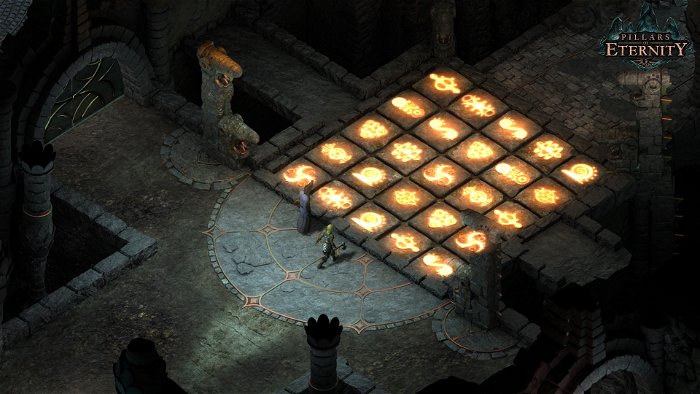
Firstly, I often had to return to areas I had just cleared in order to progress; this is a standard issue with my style of game, and generally doesn’t provide a problem. What is an issue, however, is that it was quite easy to become overpowered by pursuing the side-quests first, levelling up in such a way so that main encounters are trivial. The second act’s main quest became an afterthought to me in terms of challenge, burning through scores of enemies with nothing more than my Cipher’s mind-blades and paralyse attack and the rest of my party’s abilities.
It was a shame, because I felt there were a lot of strong innovations in the game’s combat system. The combat attempts to put limits on how often you can replenish your abilities by having a limit of four campfire supplies for resting outside of an inn. This requires you ration your abilities somewhat, particularly in tougher areas, and rely on powers that replenish after every encounter rather than those recovered by rest. Casters like mages or especially priests require you manage their best spells (in my experience, anything that paralyses or knocks down enemies or area-of-effect damage), while even fighters have some strong defensive powers that require rest. Some classes like Ciphers are largely encounter-based, and I found myself abusing my Cipher’s powers to crush fights at the higher levels.
Some of the game’s fights were quite challenging, particularly in the optional dungeon beneath the party stronghold. However, going through this massive dungeon had the side effect of overpowering me for the game’s later fights. The difficulty does pick up again in the third act, and the boss fights require you manage your endurance carefully (as you can easily die in a few seconds if you’re not careful to manage your squishier members, denying you blasting or healing support in a fight). Some classes have clear advantages over others, and some powers just seem stronger than most. Anything that paralyses enemies is key to avoid getting worn down by enemy attacks.
In the end, I did compare this favourably to my experiences with Baldur’s Gate, a game which excited and interested me. I’d played that game recently, so it was easy to compare, but Pillars stands on its own as an immersive world and fun gameplay experience.
Read Alex’s extended review in the April issue of CGM.
